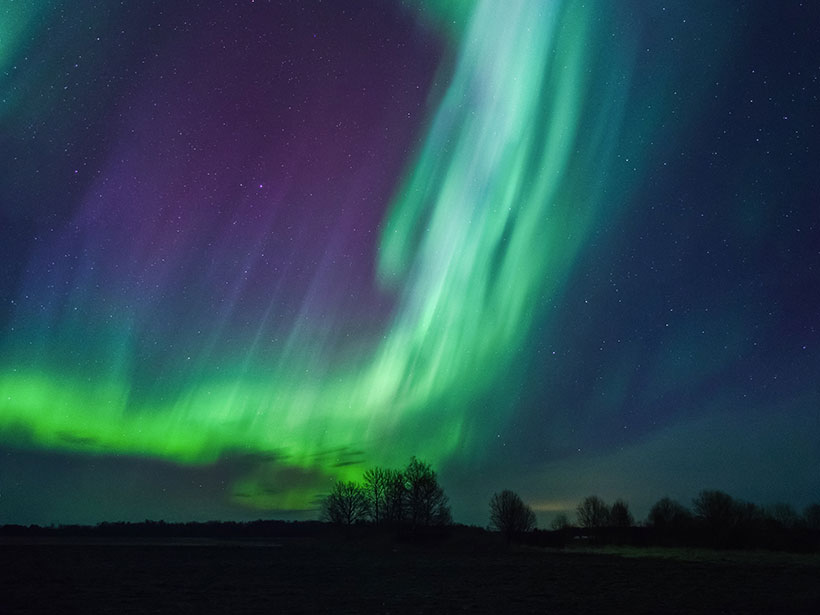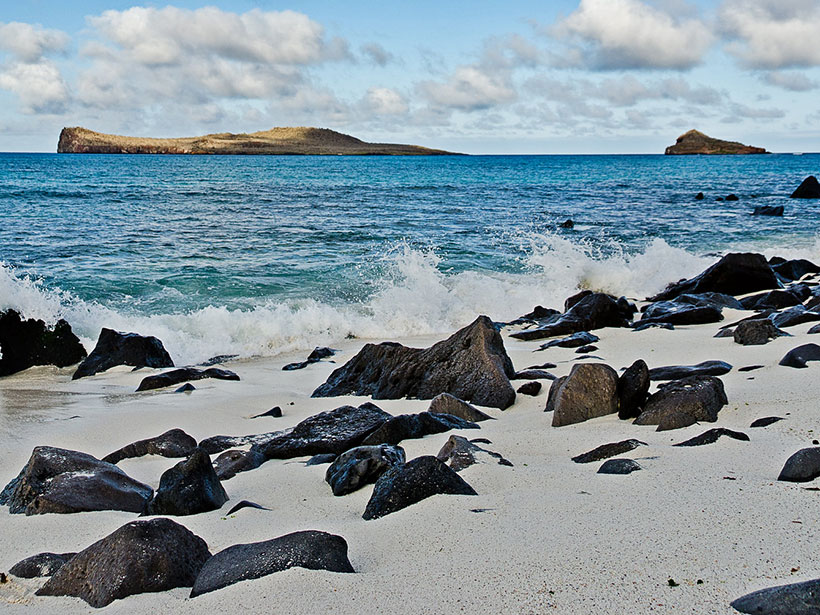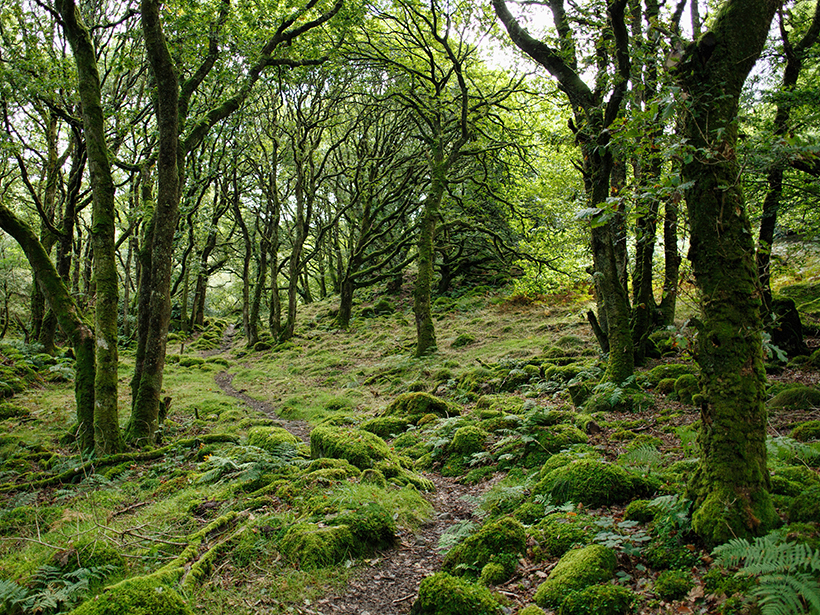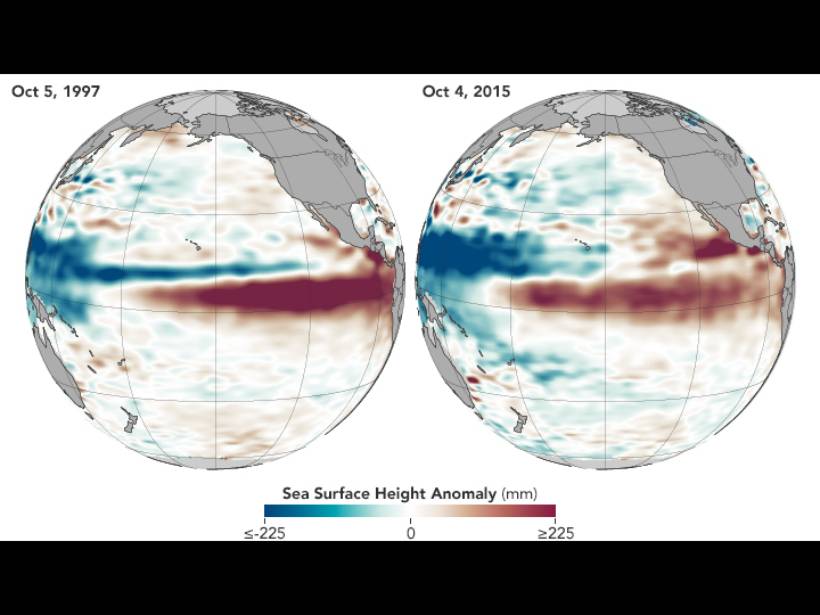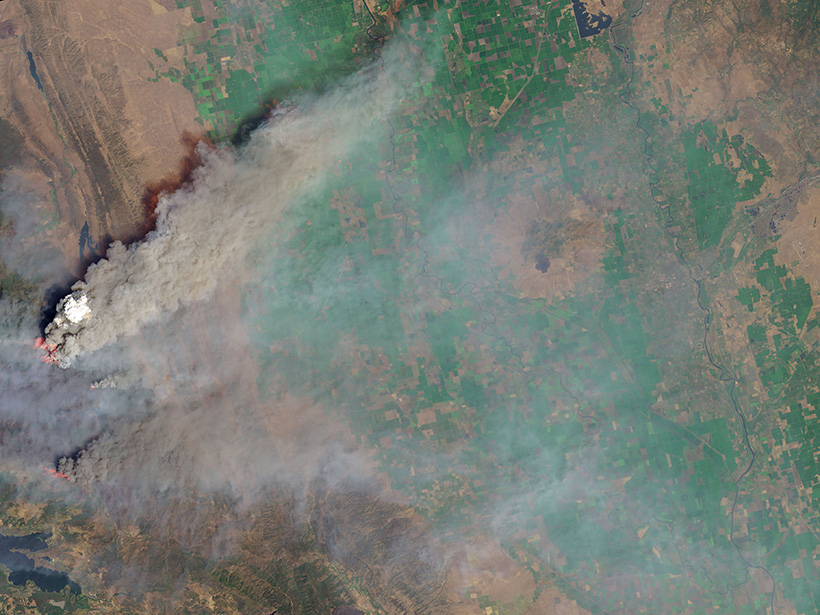Researchers present a new pattern-finding technique to better estimate missing data on ionospheric plasma velocities.
everything atmospheric
How Long Do Black Carbon Particles Linger in the Atmosphere?
Researchers uncover how black carbon evolves from hydrophobic particles to cloud nucleation sites, eventually removing the heat-absorbing particles from the sky.
Tropical Climate Change Is a Puzzle—Could Aerosols Be a Piece?
The eastern tropical Pacific Ocean hasn’t warmed as much as climate change models projected. A new study shows that aerosols in the atmosphere could be responsible.
Tibetan Plateau Lakes as Heat Flux Hot Spots
Freshwater lakes on the highest plateau in the world act like lenses that accumulate heat from the intense solar radiation, accelerating ice cover melt and affecting land-atmosphere fluxes.
The Challenges of Forecasting Small, But Mighty, Polar Lows
These intense maritime storms pose threats to high-latitude coastal communities and economic activities and may influence climate and ocean circulation.
How the “Best Accidental Climate Treaty” Stopped Runaway Climate Change
The Montreal Protocol halted the destruction of the ozone layer. In the process, it saved one of Earth’s most important carbon sinks.
Explaining Thermal Tides in the Upper Atmosphere During the 2015 El Niño
Increased tropospheric heating and reduced dissipation combine to explain an anomalously large thermal tide.
Satellite Sensor EPIC Detects Aerosols in Earth’s Atmosphere
Aerosol observations from EPIC—a sensor aboard a satellite—align well with ground- and aircraft-based data, including measurements of smoke plumes produced by recent megafires.
Examining the Intricacies of Ozone Removal by Deciduous Forests
A new study looks into how air movement in the atmospheric boundary layer affects ozone removal by deciduous forests, which are a significant ozone sink.
The Forecast for Exoplanets is Cloudy but Bright
Clouds make climate modeling on Earth difficult. Identifying—and even defining—atmospheric phenomena on other planets is the next big exoplanet challenge.

